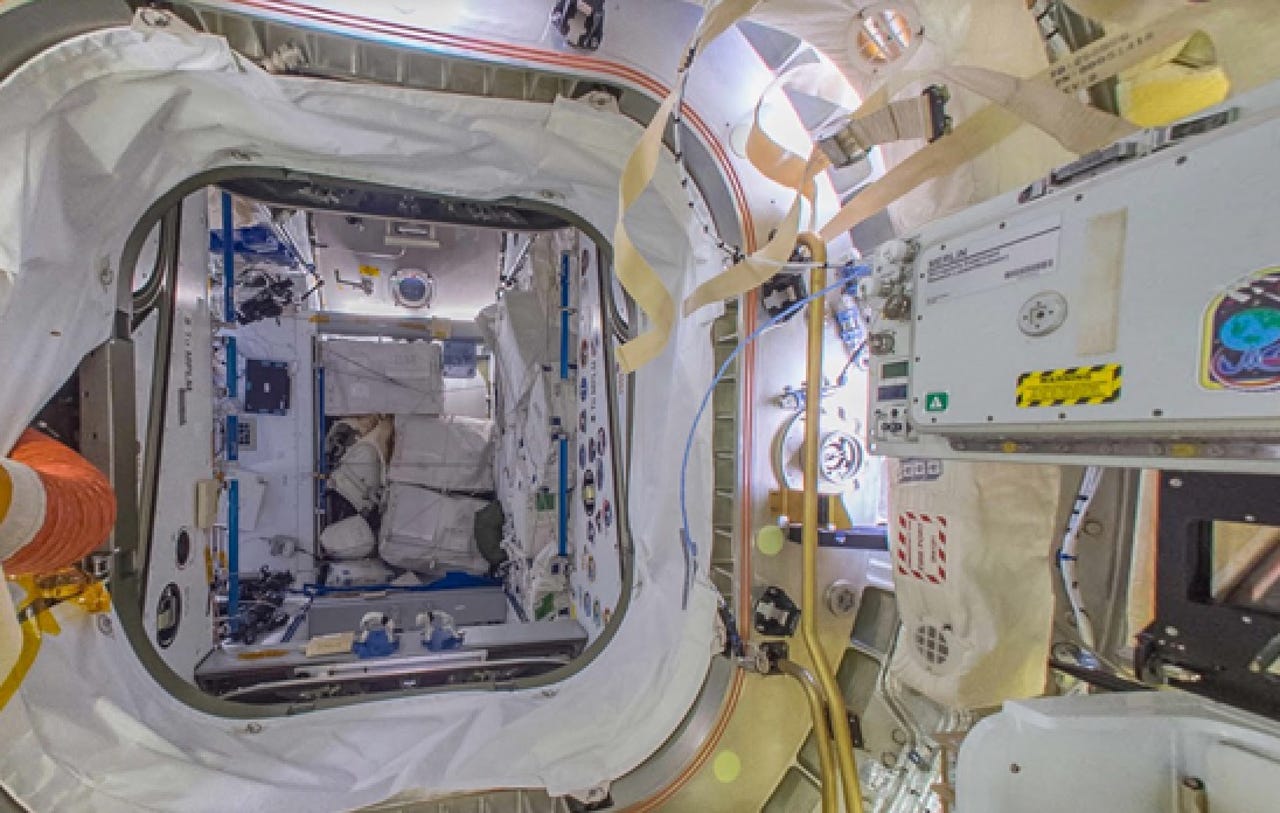Explore the International Space Station with Google (in pictures)

ISS Quest Airlock
The International Space Station (ISS) is used by researchers worldwide for scientific experiments, observations, and as a platform to explore our universe. The Quest Airlock is a pressurized module consisting of two compartments attached end-to-end by a bulkhead and hatch.
The Columbus Research Laboratory
The Columbus Research Laboratory is a multifunctional pressurized laboratory permanently attached to a node of the ISS. The Columbus laboratory provides room for the researchers on the ground, aided by the station's crew, to conduct thousands of experiments in life sciences, materials sciences, fluid physics and weightlessness.
Cupola
The Cupola is a small observation module for astronauts to stay aware of what is going on outside the ISS such as robotic activities, the approach of vehicles, and extravehicular activity (EVA). The Cupola has six side windows and a direct viewing window, all of which are equipped with shutters to protect the windows from contamination and orbital debris.

SpaceX Dragon Docking Vehicle
The SpaceX Dragon Docking Vehicle caters for the Dragon, the only spacecraft currently able to return vast amounts of cargo to and from Earth.
US Lab Module Destiny
US Lab Module Destiny, one of four major labs -- alongside Unity, Tranquility, and Harmony -- is used to support US payloads for experiments in life sciences, safety, health, and of course, space exploration.
JAXA's home
The Japanese Experiment Module (JEM), known as "Kibo," is the home of the "Int-Ball," a tiny spherical drone which, despite its cuteness, also contributes as a communication portal between astronauts and ground crews.
Rassvet, Mini-Research Module 1
The Rassvet 1 is a Russian module primarily used for cargo storage and is equipped with eight internal workstations. It also serves as a small research laboratory for biological and biotechnological work.
Orbital Cygnus Docking Vehicle
The Cygnus spacecraft is an automated logistical resupply vehicle designed to meet the ISS and is grappled and berthed using the Space Station Remote Manipulator System (SSRMS). After cargo is transferred to the ISS, Cygnus is then loaded with trash for disposal, where it is incinerated upon meeting Earth's atmosphere.